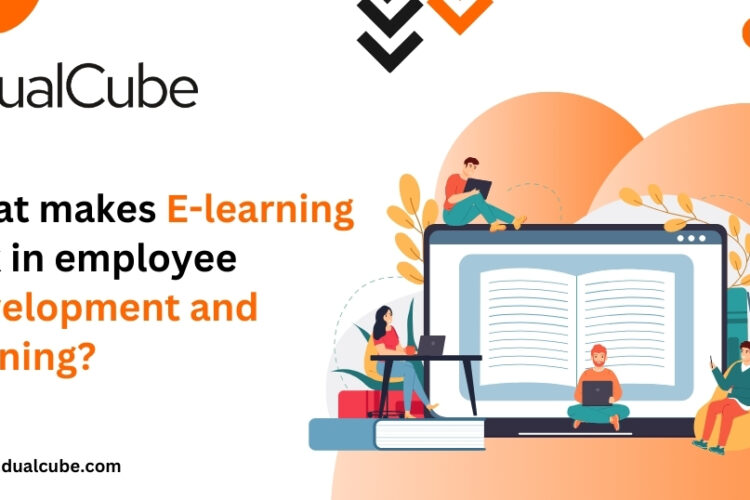With more than two billion people accessing the internet as you are reading this, Information and Communication Technology is visibly surpassing the barriers of poverty and economical setbacks. By 2020, the number of users accessing internet worldwide is projected to reach 3 billion. ICT is on the verge of building the strongest ramp for the third-world countries to leapfrog into the ‘information rich’ zone which has long been a territory of the developed nations of the world. Not overlooking the direction of the wind, it is safe to say that education technology or Edtech, is going to create a radical shift in the way people pursue and perceive education in third world countries by bringing the mechanism of imparting and receiving knowledge on their fingertips.
Education in Third World Nations
What comes to your mind when you think of education? Who do you think benefit from it, in general?
Education should not ideally be limited to schools, colleges and universities, it is a broad term which covers every kind of knowledge there is be imparted to those who are willing to learn. The idea of containing education within walls is archaic. If good teaching, elaborate curriculum, and effective assessment are the only crucial elements of proper education, why are the developing nations deprived of it?
You would imagine that the roadblocks would be incompetent infrastructure and a shortage of internet bandwidth, but the major issue has been the scarcity of skilled teachers and trainers in this sector. Educators and researchers in the field of education have realized that the teaching methodologies used in academic institutions have become outdated. With such methodologies, a learner might eventually be able to qualify the examinations to earn a degree, but he will be hardly applying what he has learnt in real life situations.
And even though there is a serious lack of trained teaching professionals and structured teaching modules in the third world countries, the societal stress to do well in studies and professional fields doesn’t seem to die out. In today’s competitive world, to have additional knowledge and enhanced skills makes sense to students and working professionals alike.
What can technology do?
Since technology is perceived as a dominant developmental tool, it is consistently used by existing businesses and entrepreneurs in the universal scuffle to target youth-centric objectives in education, lifestyle and health.
Multiple technology companies have taken initiatives to boost the reach of technology by children and young adults in the world’s low-income countries. They have been investing in computers and educational infrastructure for ICT training workshops. Dell’s “Youth Learning” initiative is one successful template of the same. Over 2500 EdTech start-ups are currently operating in India with new ones getting launched every year with the idea of transforming education for good.
The problem areas of education in third world nations didn’t really deter the determination of the tenacious entrepreneurs in improving educational penetration through technology. To counter issues like lack of teaching faculty and structured teaching modules in developing nations, innovators in Edtech have made the learning process more visual and practical for the students. Fascinating study modules in Edtech are targeted to engage more and more students in the learning process. Gamification, introduction to puzzles and quizzes in learning applications have made this process even more appealing. Edtech steps into the assessment criteria with virtual test preparation modules and online courses as well.
Third World Edtech Market
According to a study conducted by KPMG in India and Google, Edtech market is set to touch 1.96 billion USD by 2021. New concepts like MOOC (Massively Open Online Classes) and learning mobile applications are easily accessible with internet connectivity. These are immensely popular among students and working professionals as well.
Also, in a study conducted by UNICEF on the usage of ICT in Zambia, South Africa, and Vietnam, it was found that about 40% of Vietnamese rural children utilize internet connectivity for educational purposes. Over 60% of Vietnamese urban children are using ICT and Edtech for learning new things.
Over the past decade, with the advent of companies such as Byju’s, Qriyo, Vedantu, Edukart and Simplilearn, venture capitalists have shown a keen interest in the technological malleability of the education sector.
BYJU’s- The Learning App is extremely popular among school students in India. The company was founded by Byju Raveendran in 2008 and with more than 10 million app downloads on Google Play Store; it has become one of the leading Edtech companies of the nation. Companies like Simplilearn offer more than 400 professional certification courses online which aid working professionals in adding valuable skills to their profiles.
Education is a key sector for national growth and has been challenging the new age entrepreneurs to innovate fearlessly as governments and private entities in developing countries have backed the use of new technology to cut cost in the process of educating a large population of children and young adults who miss out on their right to receive education.
The education sector in developing countries is slowly overcoming the digital divide with the innovations of Edtech companies. Edtech in developing nations is sure to gain mileage in order to replicate the very nature of imparting and receiving education via the digital medium.



